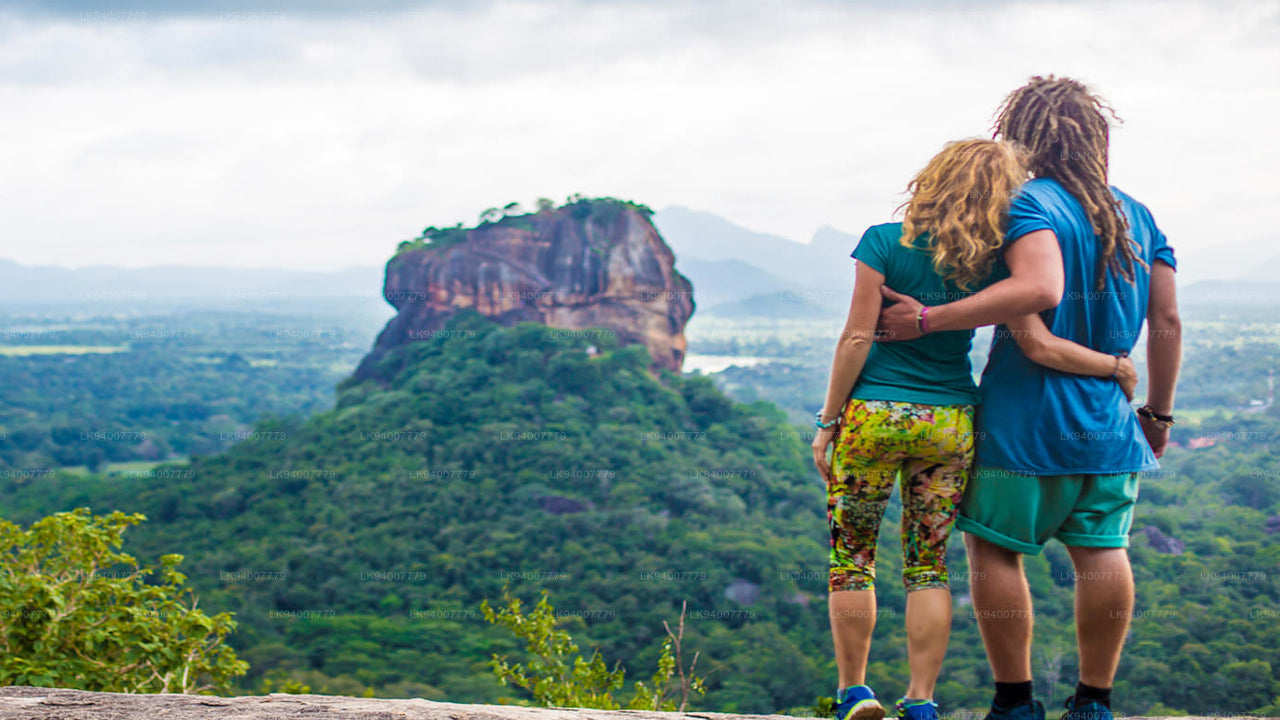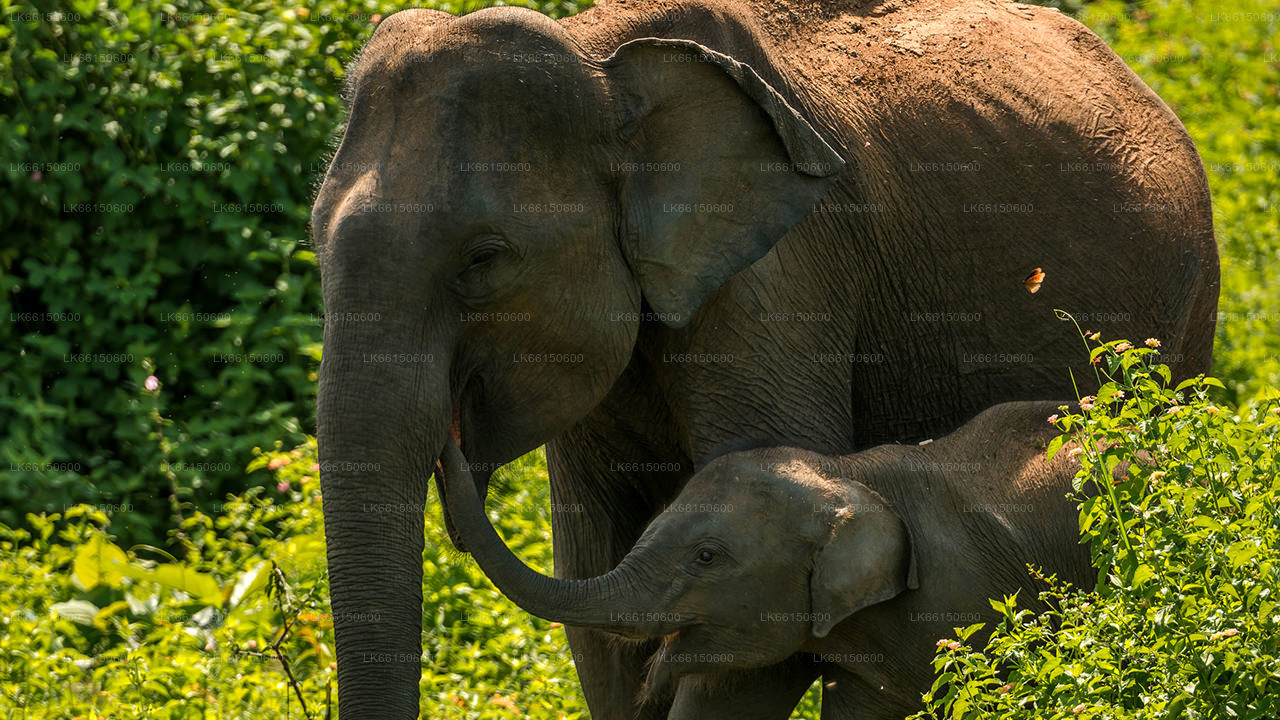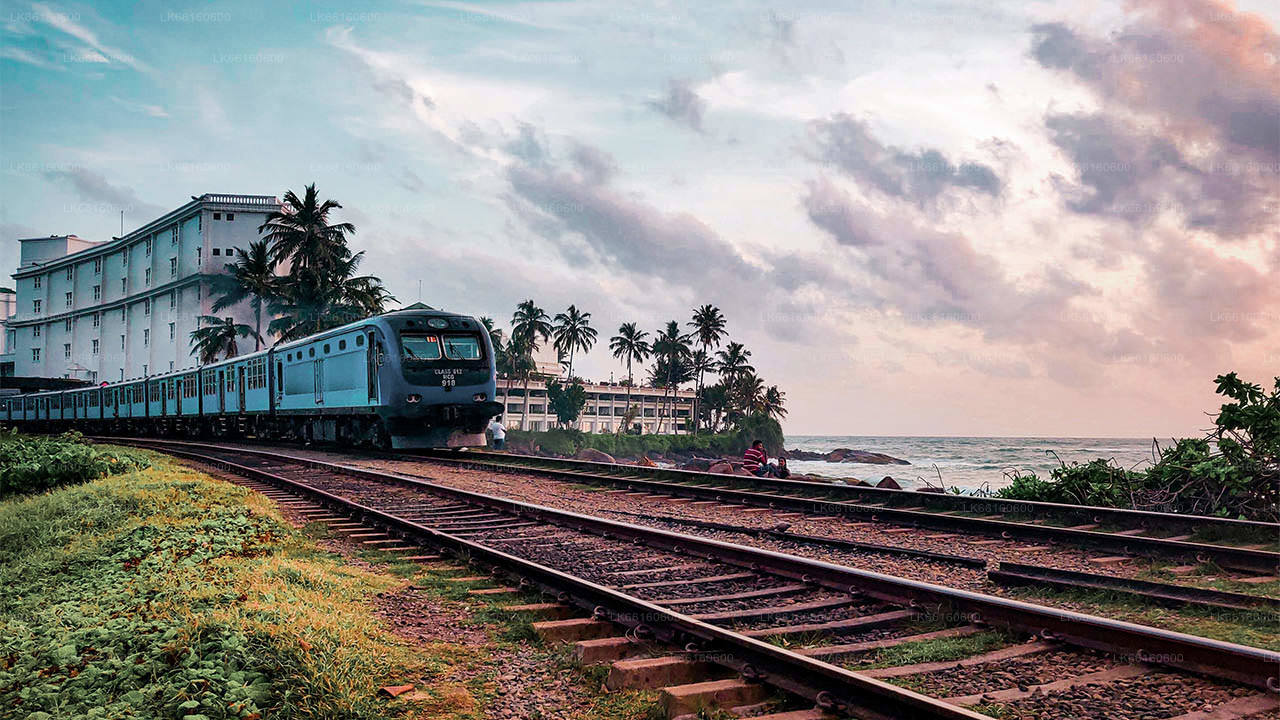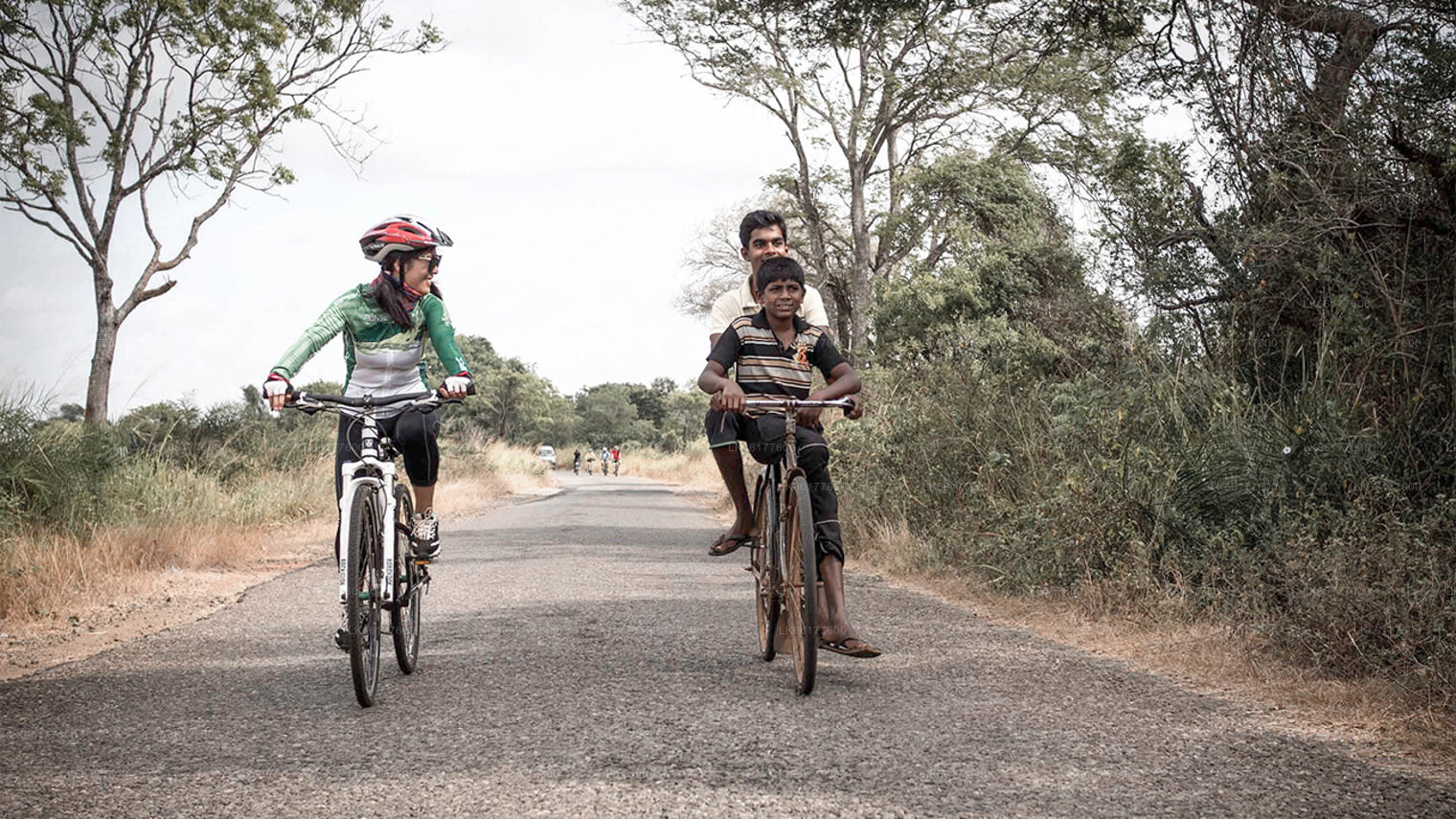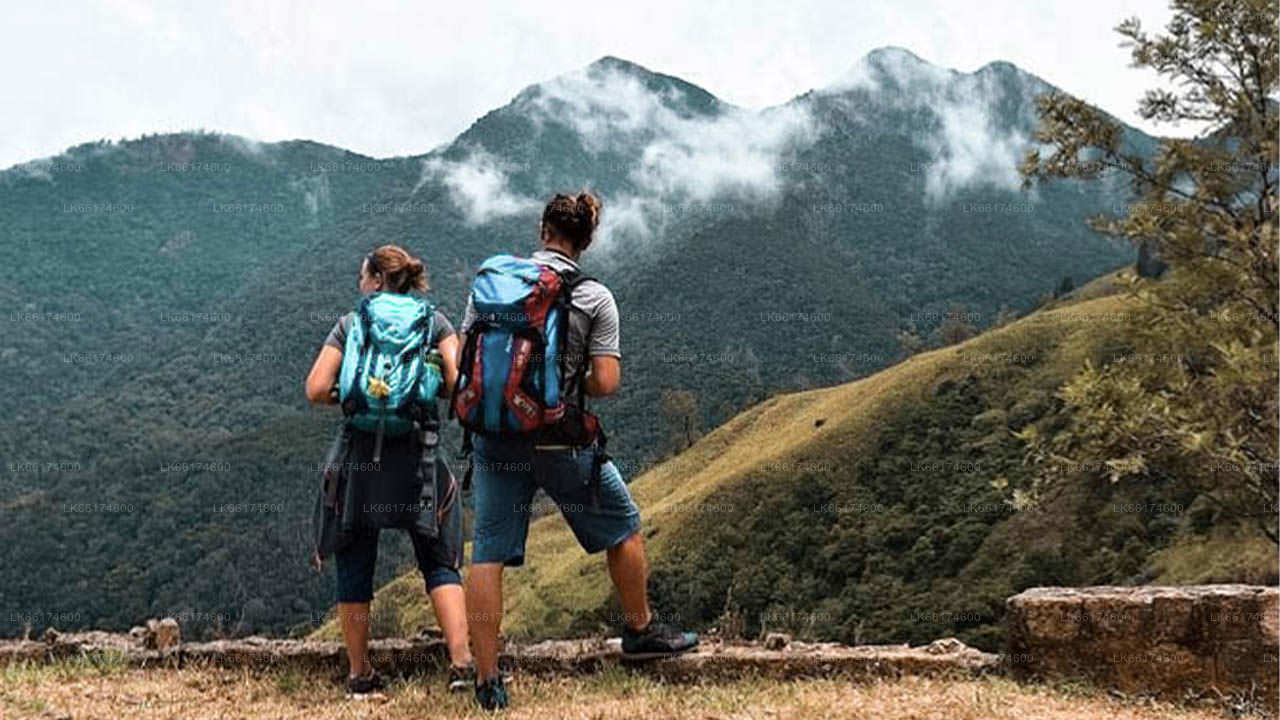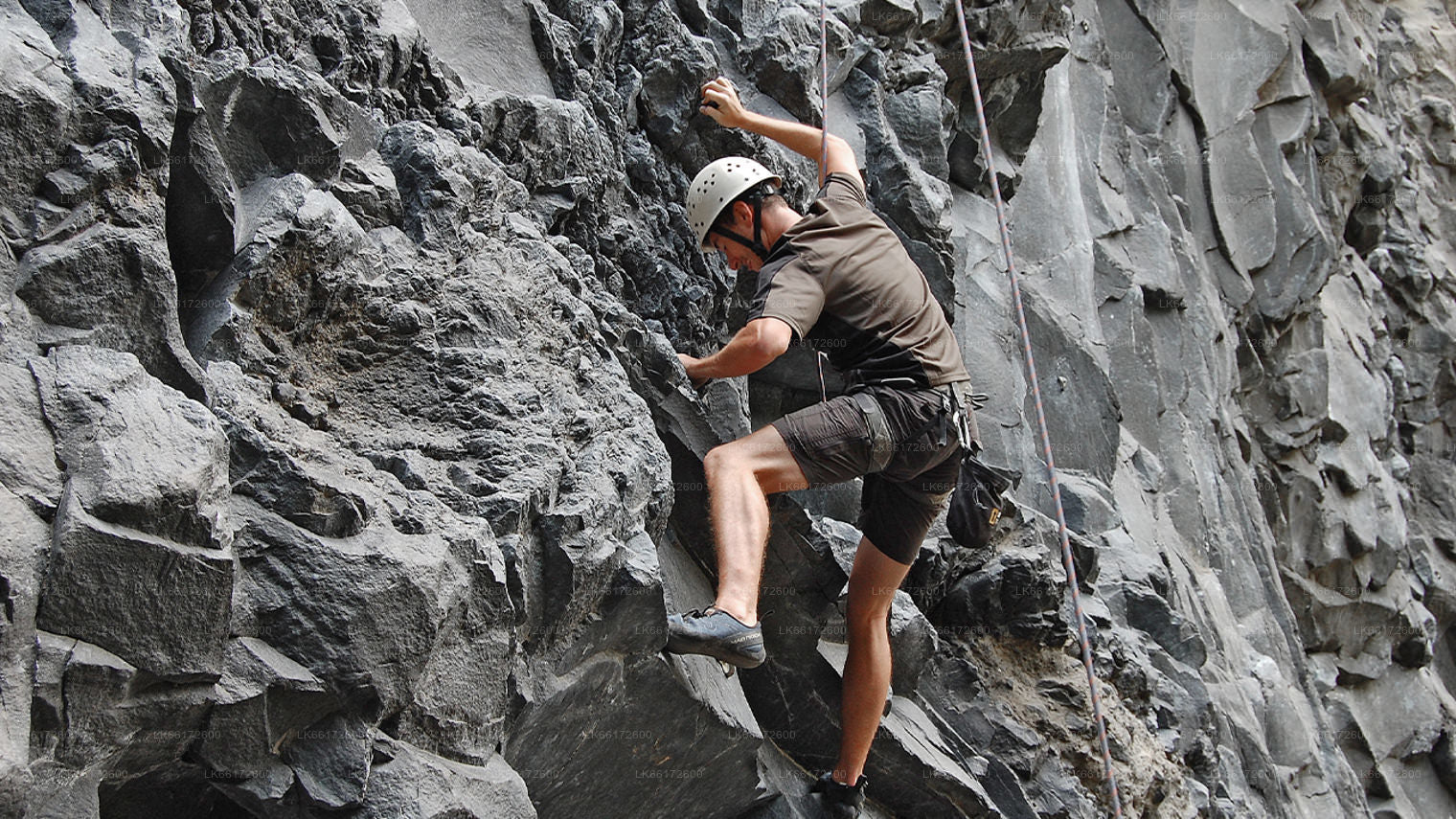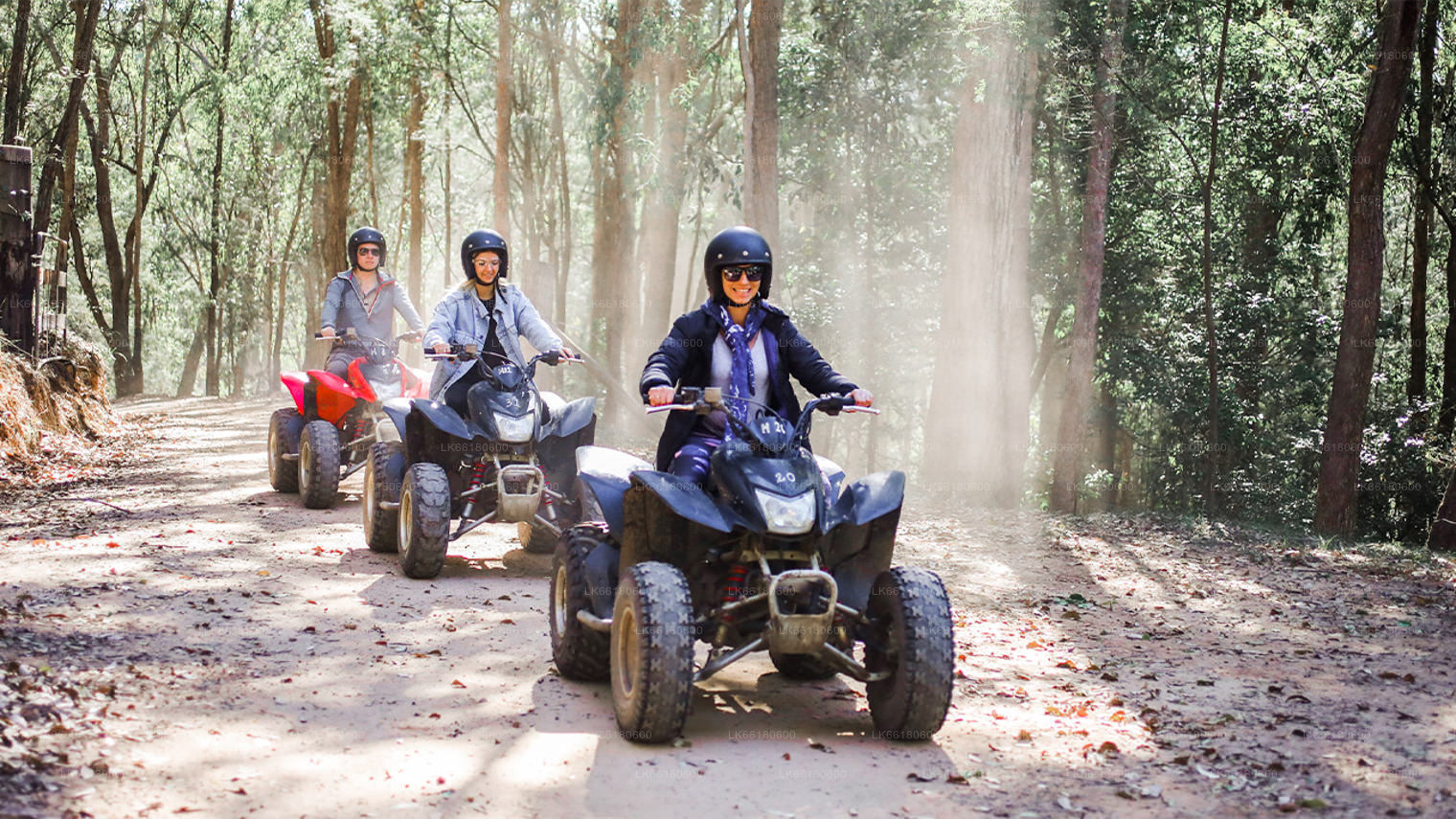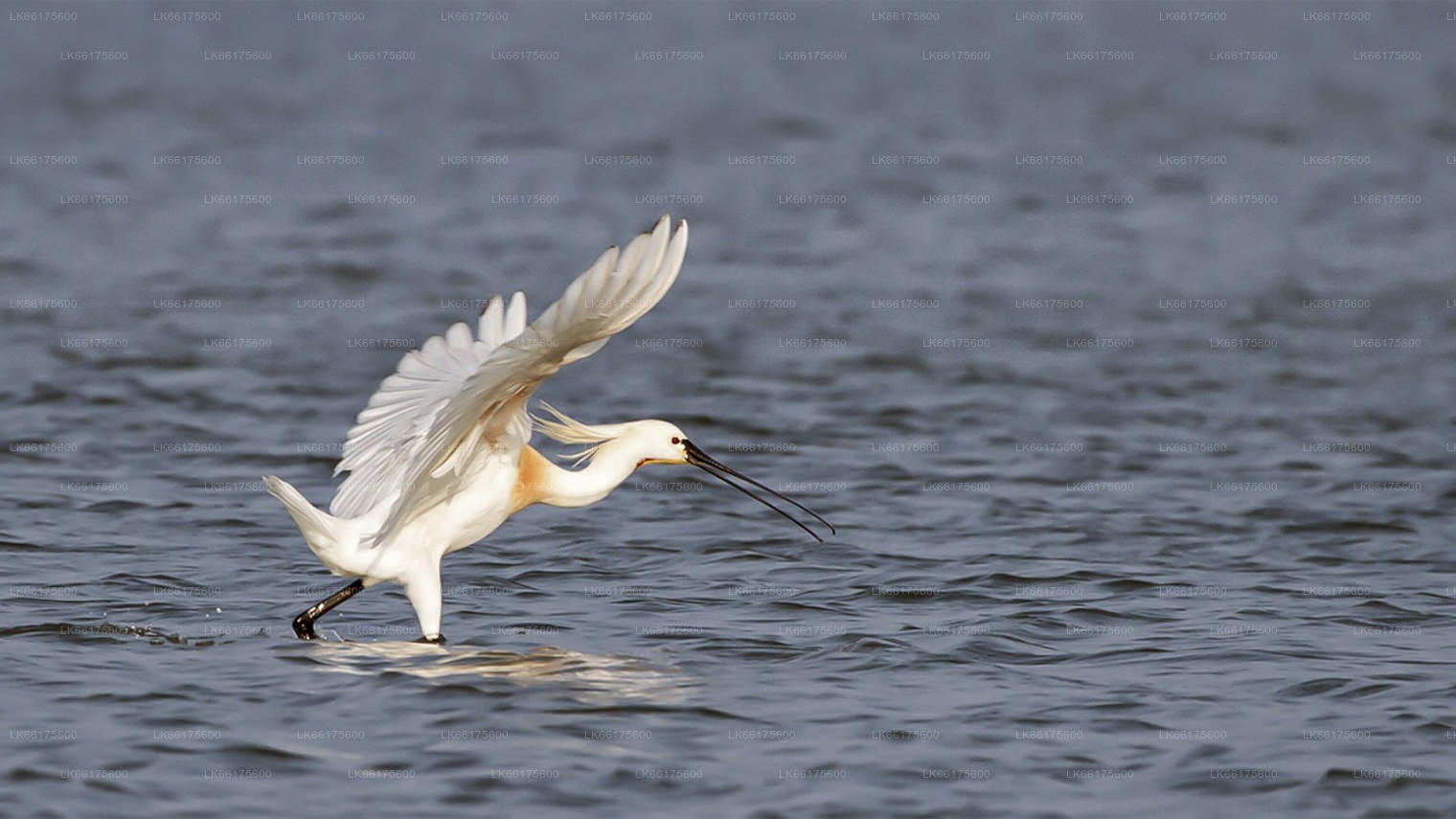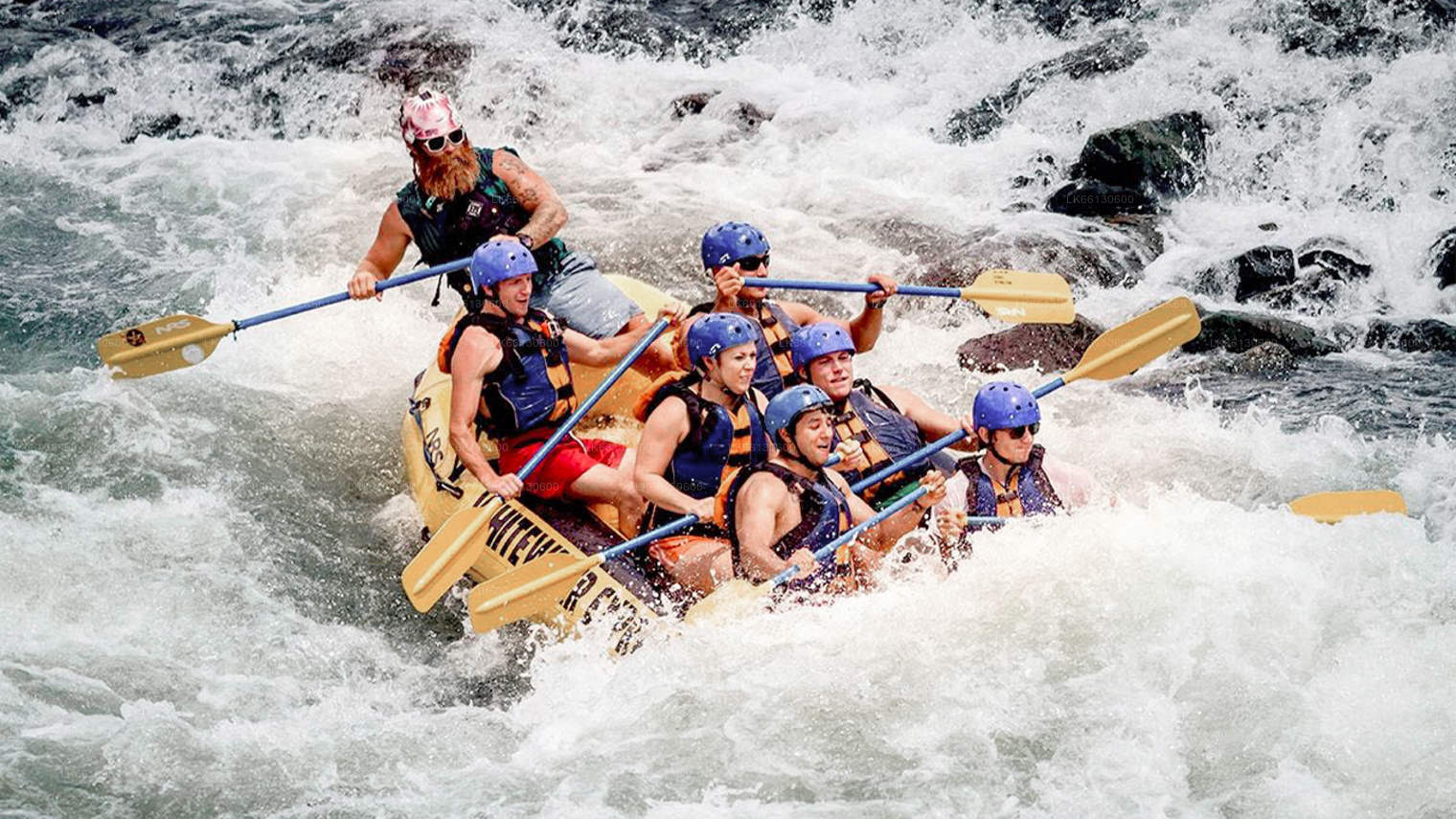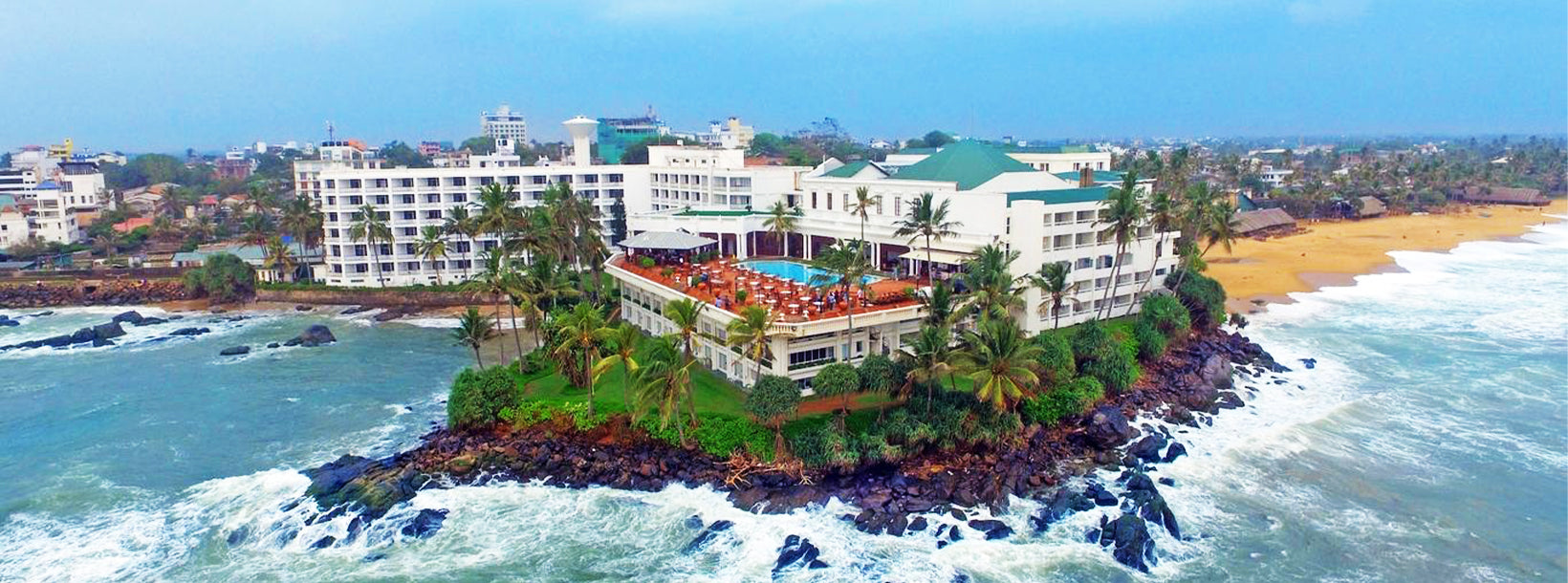
Mount Lavinia City
Mount Lavinia can be reached by main motor road running south from Colombo (Colombo-Galle) (A2), as well as by southern railway line.
Mount Lavinia Beach
Mount Lavinia Beach in Sri Lanka: Hill of the Sea gull
Mount Lavinia Beach in Sri Lanka is a main sea-bathing spot in the island. Here, depending on season, the waves can be swimmable and it’s host to some amazing sunsets. It also recides in a city steeped with history.
The city’s name is built up around the original residence of Sir Thomas Maitland who was the Governor General of Ceylon from 1805-1811. At a welcoming party held in his honour on his arrival in the island he set his eyes upon Lovina, a local mestizo dancer, whose father was the Headman of the troupe. It is said that Sir Thomas was smitten by her beautiful smile and charms and soon found himself obsessed by her and took every measure possible to see her more.
As it was highly unconventional for an unmarried British Officer to be seen associating with a local dancing girl, Sir Thomas and his lover met in secret. Legend says she was smuggled into his mansion through a secret tunnel that led from her father’s well into a wine cellar in the house.As history recalls their love was not meant to last long as by social convention and duty to his King, Sir Thomas Maitland had to ultimately leave the country for Malta in 1811, where he lived and died as a bachelor.
The tunnel was eventually sealed up in 1920 and the Gypsy village that surrounded the Governor’s mansion developed into a modern bustling city that took its name from the beautiful Lovina. But the Governor’s home which he named “Mount Lavinia House” and his monument to his only love has been preserved within the walls and high ceilings of what is today the world famous Mount Lavinia Hotel. In remembrance of this tale a statue of ‘Lady’ Lavinia, as the girl became later known as, is still found in the middle of a water fountain at the entrance of the Mount Lavinia Hotel.
Mount Lavinia Beach in Sri Lanka: City by the Sea
Dehiwala-Mount Lavinia has population 245,974 (2012) is the second largest municipality of Sri Lanka after capital Colombo. It is situated immediately south of the Colombo Municipality and immediately north of Moratuwa. It is a combination of certain key urban suburbs and communities combined for administrative purposes. It is home to Sri Lanka’s National Zoological Gardens, which remains one of Asia’s largest. Dehiwala and Mount Lavinia lie along the Galle Road artery, which runs along the coast to the south of the country.
It is a town consisiting largely of the middle class and mostly residential suburb of Colombo that had until now escaped most of the damaging industrialisation of neighbouring cities and urban centres. Even though the Mount Lavinia Beach in Sri Lanka is renowned for its amazing beach depending on season, the waves can be either swimmable or not.
However it should be noted that this is not a bay like Unawatuna. So the waters can be very rough at certain times of the year. The beach is usually bustling with life. People sell swimsuits, inflatable balls, sour mango, and manioca chips if you need. The strip also consists of higher end restaurants like Lavinia Breeze, Long Feng, Steamboat, B
About Colombo District
Colombo is the largest city and commercial capital of Sri Lanka. It is located on the west coast of the island and adjacent to Sri Jayewardenepura Kotte, the capital city of Sri Lanka. Colombo is a busy and vibrant city with a mixture of modern life and colonial buildings and ruins and a city population of 647,100.The Colombo Metropolitan Region, defined by the districts of Colombo, Gampaha and Kalutara, has an estimated population of 5,648,000, and covers an area of 3,694.20 km²
Colombo is a multi-ethnic, multi-cultural city. It is the most populous city in Sri Lanka, with 642,163 people living within the city limits. The population of Colombo is a mix of numerous ethnic groups, mainly Sinhalese, Moors and Tamils. There are also small communities of people with Chinese, Portuguese, Dutch, Malay and Indian origins living in the city, as well as numerous European expatriates.
The great majority of Sri Lankan corporations have their head offices in Colombo. Some of the industries include chemicals, textiles, glass, cement, leather goods, furniture, and jewellery. In the city center is located South Asia's second tallest building - The World Trade Centre.
About Western Province
The Western Province is the most densely populated province of Sri Lanka. It is home to the legislative capital Sri Jayawardenapura as well to Colombo, the nation's administrative and business center. Western Province is divided into 3 main districts called Colombo (642 km²), Gampaha (1,386.6 km²) and Kalutara (1,606 km²) districts. As Sri Lanka's economic hub, all the major local and international corporations have their presence in the city and so do all the major designer and high street retailers, so be ready to indulge in some retail therapy in western province.
Having the highest population in the all the provinces, the almost all the premier educational institutions in the island are located in western province. Universities in the province include the University of Colombo, the University of Sri Jayewardenepura, University of Kelaniya, Open University, Sri Lanka, Buddhist and Pali University of Sri Lanka, General Sir John Kotelawala Defence University and University of Moratuwa .Western province has the largest amount of schools in the country, which includes National, Provincial, Private and International schools.

